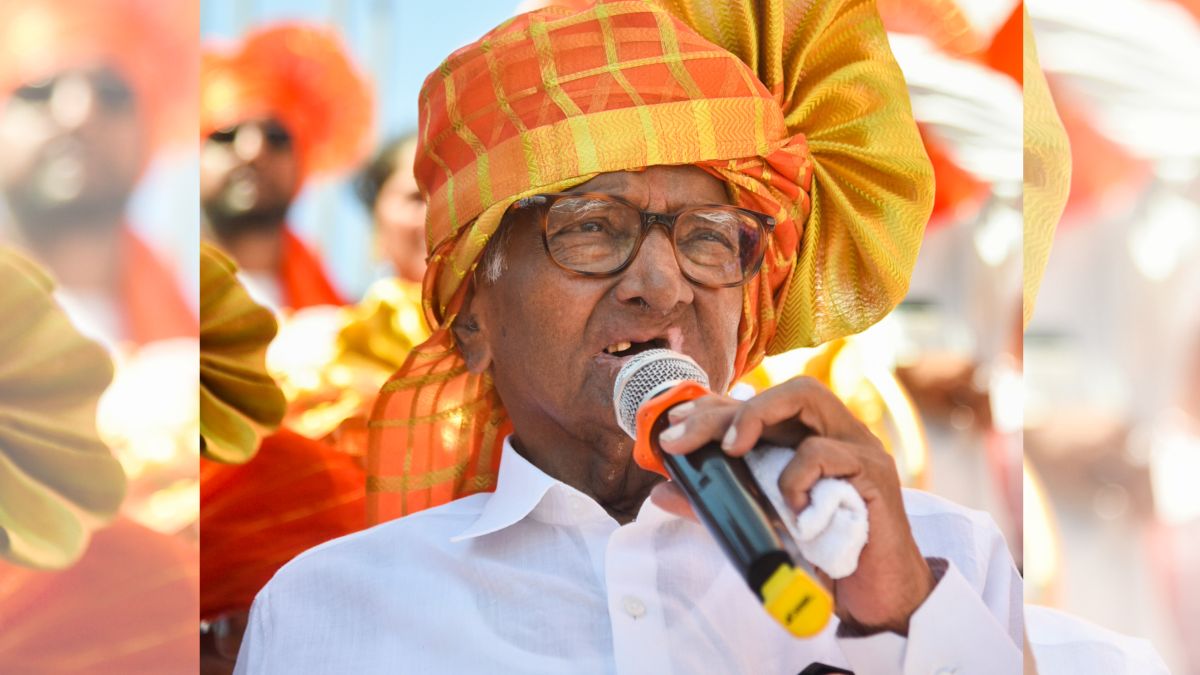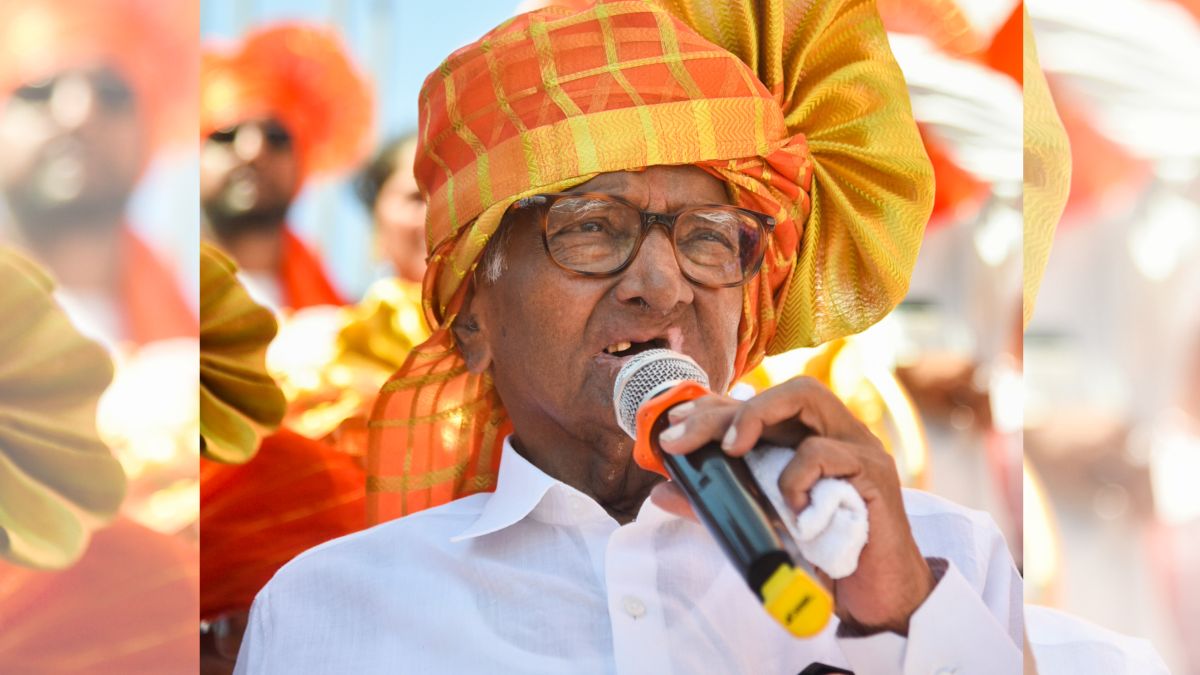Moviemaker Rohit Shetty has been quoted in the Deccan Chronicle as saying he believed showcasing “Dharavi in Slumdog Millionaire brought shame and disgrace to our city”, that is, Mumbai. He felt “saddened about it” because “Whenever the firangs visit Mumbai, they must visit Dharavi, it has become a sightseeing spot”.
Hopefully, he has been quoted accurately. Yet, what troubled Shetty, and here he turns into a metaphor for a non-slum-dweller Mumbaiwallah, is not clear. Was it the fact of having slums in Mumbai, the prima donna of all Indian cities or the fact of them being brought to world attention by the movie?
Shetty is not alone. Most of those who have the good fortune of not having to live in actual jhopadpattis look down upon them. There was a time when some city elders wanted them disenfranchised. There were others who held every ill, including overcrowding, to them.
There’s a problem with this view. For one, slum tourism was very much prevalent even before the movie was made. Maybe it was made because Dharavi exists, and that it is hard not to showcase it. When over half the population of a proud city live in it, they are visible.
Except, we tend to ignore it, which is why many feel ashamed about it when a movie like Slumdog Millionaire throws it in our face, because they are not exposed to the teeming slums, the enterprise, and the cohesiveness that their populations show. Their residents came in search of a city and they find slums as the only place they could stay in, in most cases forever.
However, Shetty should also know that the India, even Mumbai, showcased by Bollywood is not 100 percent accurate. They are part imagination, part reality and a lot of hype. Everybody knows that Bollywood is known for stereotyping and building myths.
It is hard, however, to fault only Rohit Shetty. There is a mental block among the Mumbai’s non-slum residents about the slums. Their maids, cooks, drivers, shop assistants, most of the underclass who make the city hum, come from there. Only we see it as someone else’s problem and get judgmental about it.
Not showcasing Dharavi means actually hiding it. And when there are several Dharavis, some perhaps even larger than it, a person who backpacks to Mumbai would be happy to see the other half because it does exist but yet again, ignored. I do not know how many Mumbai residents have walked through a slum to see it and also understand it.
A walk through a slum, as against seeing it in a blur as the local trains trundle along them or driving with them on its sides, would be quite educative to the non-slum residents. The enormity of a struggle of a life in hovels comes alive. As graphic as what Slumdog Millionaire and before that, a number of other Bollywood movies brought to light.
Remember Bombay Boys? Or for that matter, Dharavi where Om Puri as a scrappy cab driver dreams of exiting the life of poverty? Chakra where a mother of a son struggles against odds in a slum and has two lovers to keep her surviving? Or Shree 420 where the unscrupulous wealth-chaser promises the homeless – worse than those in slums – housing?
We as a city have not ever been able to look at slums as a reservoir of human resource but a statistic, as a mere number of dwellings and residents within them. That is an unfeeling way of looking at the issue. The number translates into flats to be given free by building good homes for those who can afford stiff prices, and provide free apartments to those who yield the space on which they live.
Probably because over half the population lives on about eight percent of the land area, it is less visible, in a manner of speaking, in a city that tends to go only vertical. This and the attitude towards them–in a way–makes them the nowhere people.
More significant is that this disdain for slums is perhaps the one single reason why despite a two-decade old rehabilitation policy, the issue has only been nibbled at. If a builder-developer is not interested in a patch of land for any reason, then the slums there do not get touched by the rehabilitation scheme.
Only about 13 percent - and this is a suspect number and better seen as only a claim - have been rehabilitated. In absolute numbers, they are 1.7 lakh people have been benefited, if at all. This means, the rehab policy is a pretext, the main aim being real estate for the well-heeled.
The implication of this is enormous to the city since developers are squatting upon patches of land occupied by slums. The slum dwellers on them have to wait or the magical moment when the builder thinks he has found an opportunity. The slum dwellers, thus, are the fall guys.
Apparently slums are the state government’s concern in so far as their rehabilitation goes, and to the civic body, not even a part of their planning process given the reluctance to include them in the development plans. To the non-slum dwellers, they are an eyesore which, as Rohit Shetty said, bring “shame and disgrace” to the city.
Perhaps it would not be a bad idea to have local non-slum dwellers, especially the well-offs and who have some influence, to undertake slum tours without any hang ups. The irony is that only foreign tourists ask for such tours and few Mumbaikars do. If they too did, a new-found empathy may help speed up the slum rehabilitation.
Since Mumbai is home to the biggest number of slums, slum dwellings and slum dwellers - quite a dubious status, one might say - it is time to understand them better. It is vital. A comparison with Brazil and its favelas explains the dual attitude towards them.
During the world cup, they used shoe-less kids playing football for promoting the festival, but bulldozed the slums where they could, and hid the rest by erecting barriers. Their real use came when hotel-starved visitors took to homestays in the favelas.


)




)
)
)
)
)
)
)
)